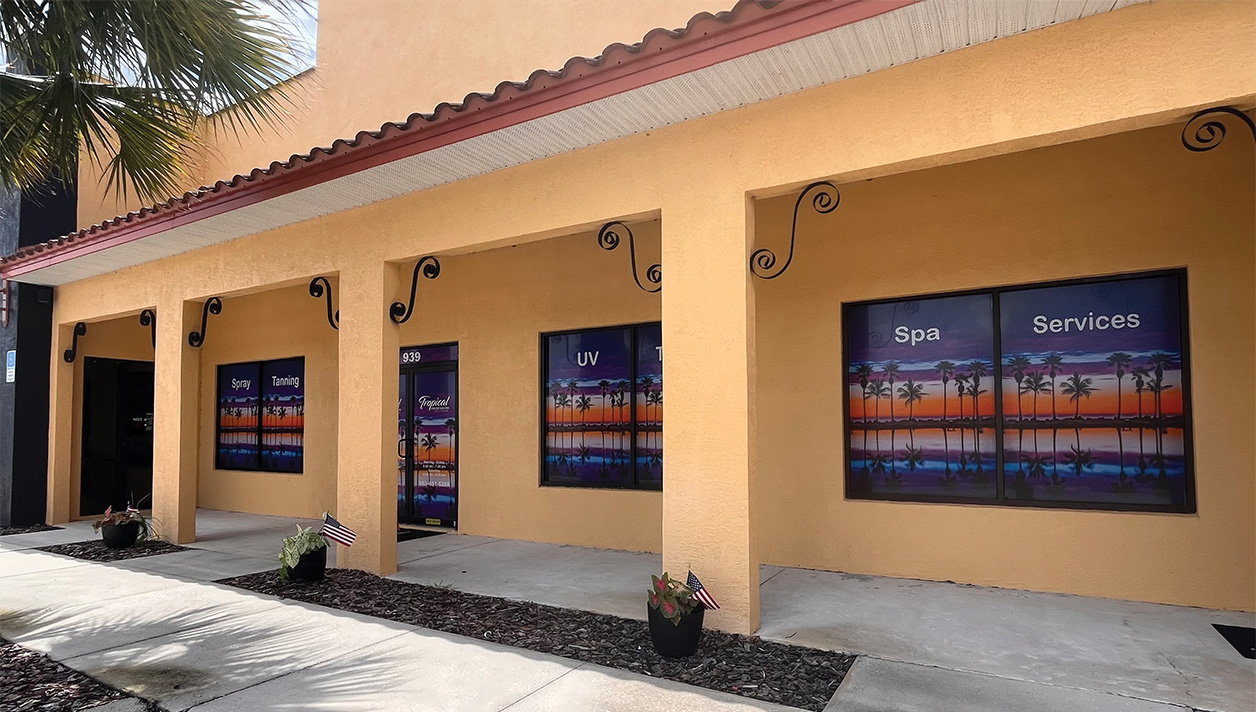[gap height=”15″]In March of this year, I wrote a piece on the “Pulse of the Economy” and pointed out that the previous administration in Washington … “started a run of increased regulation and tax burden that virtually impaled small business growth.” During 2010, the Food & Drug Administration (FDA) put forth an aggressive agenda to increase regulatory restrictions. Many clearly felt that a federally mandated minimum age for indoor tanning – more than likely, over 18 – was going forward (along with labeling and advertising restraints), and the interest of states in setting age limits seemed to wane. With eight years of an administration that was sympathetic to governmental restrictions, it seemed that increased FDA oversight of the indoor tanning industry was a “fait accompli.”
[gap height=”15″]Fast-forward to 2017. Now, many states are back on track to formulate and put forth legislation to ban those who are age 18 and younger from tanning indoors. With some states pushing new bills (or revising old ones) at the beginning of the year, it was becoming more than just a few outliers stepping up their moves. In late April, West Virginia got on board with the governor approving an 18-and-under ban. Under the previous law, those under 14 were banned and 14-17-year-olds needed parental consent.
[gap height=”15″]In 2015-2016, 19 states had introduced legislation that included an age minimum for tanning. Since January, 11 more bills were introduced. So, what’s the consensus? For an update, I caught up with Indoor Tanning Association Executive Director, John Overstreet, and American Suntanning Association Scientific Advisor, Joe Levy.
[gap height=”15″]The American Suntanning Association has actively lobbied against under-18 tanning restrictions since the association was formed in December 2012. I asked Levy for an overview of ASA’s involvement. “In 2017, ASA has been engaged in issues in 14 states – 11 of which involved legislation proposing under-18 UV tanning bans,” Levy stated. So far this year, ASA efforts have defeated under-18 bans in seven states: Arizona, Arkansas, Iowa, Kentucky, Mississippi, Montana and New Mexico. Levy has been quite busy, traveling to 37 state capitols since 2013. However, two states have passed new under-18 laws in 2017: West Virginia and Oklahoma. Levy explained that the ASA worked with counsel and members in both states, but both states legislative leaders reneged on early commitments to oppose the bills in the final hours of the legislative session, allowing the bills to pass.
[gap height=”15″]But, such can be the political process. Levy also shared that the ASA has worked diligently to oppose the incorrect science presented by bill proponents as the cornerstone of their lobbying efforts, pointing out that data on the risks of UV exposure from sunbeds – when separated by the location of the unit (residential vs salon) – show that residential units are a source of significant risk, but those in salons have not been isolated as such a risk. According to Levy, research now clearly explains this important caveat.
[gap height=”15″]I also checked with the ITA’s John Overstreet who has been engaged in the tanning industry’s political interactions and still follows the process. “Joe, I think a couple of things are going on,” Overstreet said. “While they may be misguided and wrong, the people who want to destroy this industry are not dumb,” he explains. “With the election of President Trump, the dermatologists’ lobbying arm recognizes that the under-18 ban in the proposed rule currently pending at the FDA is likely stalled at least for the foreseeable future. That has caused them to double down in the state legislatures.
[gap height=”15″]Unfortunately, after eight years of anti-sun and anti-indoor tanning policy pronouncements from the Obama Administration’s FDA, CDC and Surgeon General, together with a steady drumbeat of negative media coverage, has made it acceptable for even anti-regulatory Republican state legislatures to vote against this industry. In addition, the industry is half the size it was eight years ago, so politically, we are not as active, not as organized and not as vocal. There is not a significant political price to pay for voting for age restrictions.”
[gap height=”15″]So, states are moving on as the FDA restrictions on indoor tanning are in a “holding pattern.” The Tan Tax is now also in the mix – the House of Representatives recently passed legislation to “repair and replace” the Affordable Care Act, which at this writing is now in the hands of the Senate. The outcome will surely impact the future of the Tan Tax. Stay tuned!
[gap height=”15″]“The industry is half the size it was eight years ago, so politically, we’re not as active, not as organized and not as vocal.”
John Overstreet, ITA





























